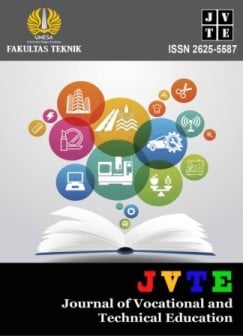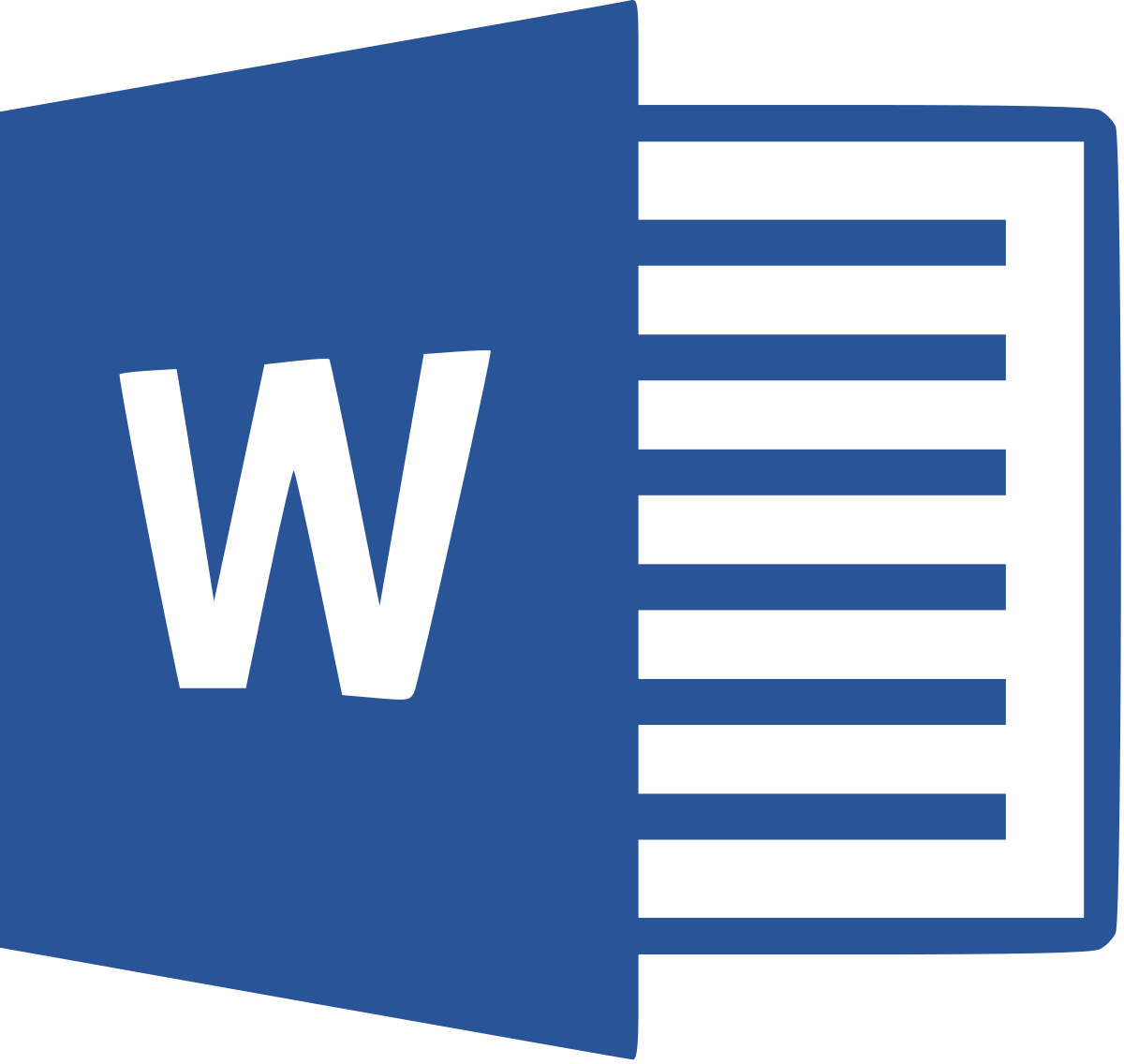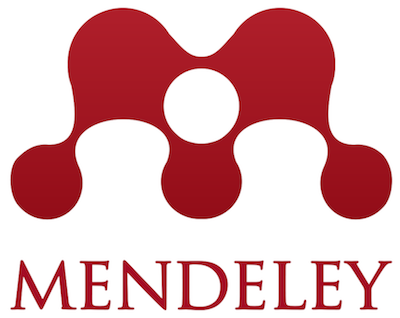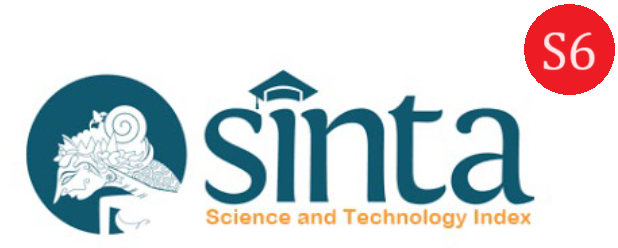ANALISA INDIKATOR SMK PENYUMBANG PENGANGGURAN DI PROVINSI JAWA TIMUR
DOI:
https://doi.org/10.26740/jvte.v2n2.p29-36Abstract
ABSTRAK
Ketersediaan sumber daya manusia (SDM) yang mumpuni merupakan modal utama dalam membangun suatu bangsa. Sekolah Menengah Kejuruan (SMK) adalah pendidikan menengah yang didesain untuk mempersiapkan generasi bangsa untuk bias bekerja sesuai dengan kompetensi keahlian masing-masing. Pendidikan menengah kejuruan mengutamakan pengembangan kemampuan pesertadidik untuk melaksanakan jenis pekerjaan tertentu.SMK dibangun untuk tujuan membentuk tenaga kerja yang terampil, siap kerja, dan berdaya saing. Sehingga melalui pendidikan pada jenjang Sekolah Menengah Kejuruan (SMK) diharapkan dapat membantu akan pemenuhan tenaga kerja yang terampil dan kompeten dalam bidangnya. Pertumbuhan penduduk yang sangat cepat berakibat pada meningkatnya jumlah angkatan kerja. Semakin banyak jumlah angkatan kerja yang tidak terserap maka akan meningkatkan jumlah pengangguran. SMK sebagai pranata pendidikan jenjang menengah seharusnya menjadi pilihan utama yang menyiapkan lulusannya siap pakai di DU/DI. Hal ini karena tujuan utama pendidikan SMK adalah menyiapkan SDM unggul yang siap pakai pada dunia kerja, memiliki kepemimpinan tinggi, disiplin, profesional, handal di bidangnya dan produktif. Melihat ketimpangan yang terjadi antara harapan dengan fakta yang ada, maka perlu dilakukan kajian mendalam terhadap faktor-faktor penyebab SMK menjadi penyumbang terbesar dalam pegangguran terbuka sehingga akan dapat dibuat rumusan rekomendasi sebagai solusi atas permasalahan yang ada.
Kata Kunci: Kompetensi, Pengajar, Pengangguran, SMK.
ABSTRACT
The availability of qualified human resources (HR) is the main capital in building a nation. Vocational High School (SMK) is a secondary education that is designed to prepare the nation's generation to be able to work in accordance with their respective expertise competencies. Vocational secondary education prioritizes the development of the ability of students to carry out certain types of work. SMK is built for the purpose of creating a skilled, work-ready, and competitive workforce. So that through education at the Vocational High School level (SMK) is expected to help the fulfillment of a skilled and competent workforce in their fields. Rapid population growth results in an increase in the workforce. The more the number of labor force that is not absorbed, the more unemployment will increase. Vocational school as a secondary level education institution should be the main choice that prepares graduates ready to use at DU / DI. This is because the main objective of vocational education is to prepare superior human resources who are ready to use in the world of work, have high leadership, discipline, professional, reliable in their fields and productive. Seeing the imbalance that occurs between expectations and the available facts, it is necessary to conduct an in-depth study of the factors that cause SMKs to be the biggest contributors to open unemployment so that recommendations can be made as a solution to existing problems.
Keywords: Competence, Teacher, Unemployment, Vocational School
References
[1] Anggraeni, Novita Dwi, Yoto, dan Basuki. 2015. Studi Tentang Peran Serta Orang Tua dan Dunia Usaha / Industri Dalam Peningkatan Mutu Pendidikan di SMK Negeri 1 Singosari. Jurnal Teknik Me-sin, Tahun 23, No. 1, April 2015
[2] Grollmann, Philipp. 2008. The Quality of Vocational Teachers: teacher education, institutional roles and professional reality. European Educational Research Journal. Volume 7 Number 4 2008.
[3] Kemendikbud. 2015. Grand Design Pengembangan Teaching Factory dan Technopark di SMK. Ja-karta: Dit. PSMK Kemendikbud.
[4] Muhardi. 2004. Kontribusi dalam meningkatkan kualitas bangsa Indonesia. Naskah Juara Harapan I Lomba Karya Tulis Ilmiah (LKTI) Dosen TA 2004/2005. Mimbar Volume XX No. 4 Oktober Desember 2004 : 478 492.
[5] Perwitasari, Dian Fitri. 2013. Hubungan Fasilitas Praktikum TKJ di Sekolah Kesesuaian Tempat Prak-erin, dan Kompetensi TKJ Siswa dengan Hasil Uji Kompetensi Keahlian. Jurnal Pendidikan Sains, Volume 1, Nomor 4, Desember 2013, Halaman 425-431
[6] Sudarwan Danim. 2006. Visi Baru Manajemen Sekolah: Dari Unit Birokrasi ke Lembaga Akademik. Jakarta: Bumi Aksara.
[7] Wayong.Ch.Aaltje.D.2010.http://ejournal.undiksha.ac.id/index.php/APTEKINDO/index.
Downloads
Published
How to Cite
Issue
Section
 Abstract views: 2658
,
Abstract views: 2658
, PDF Downloads: 8633
PDF Downloads: 8633






